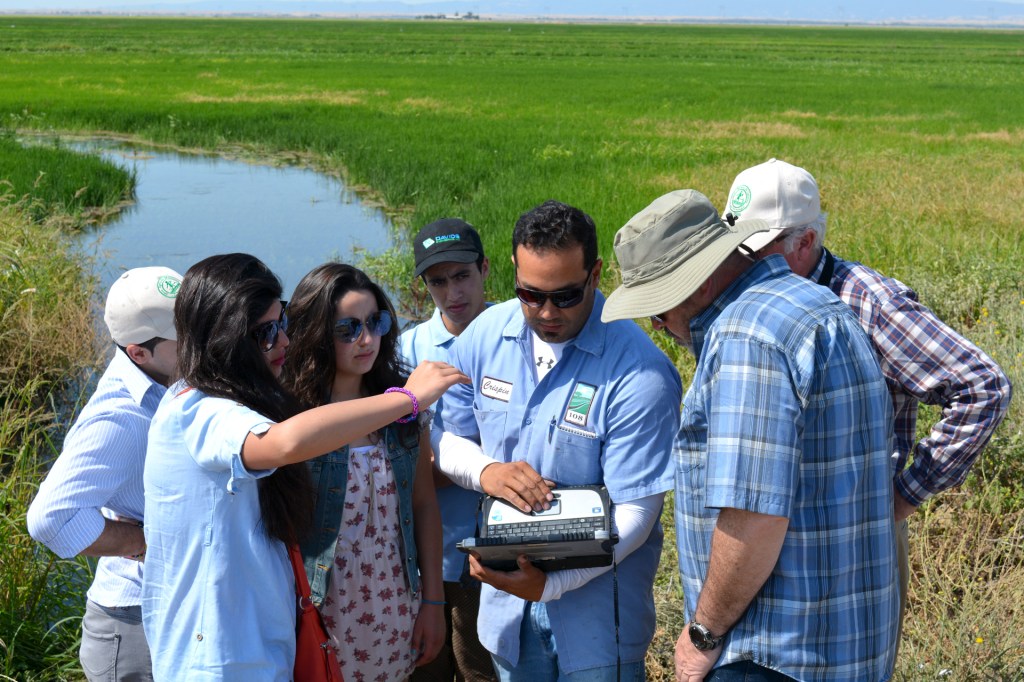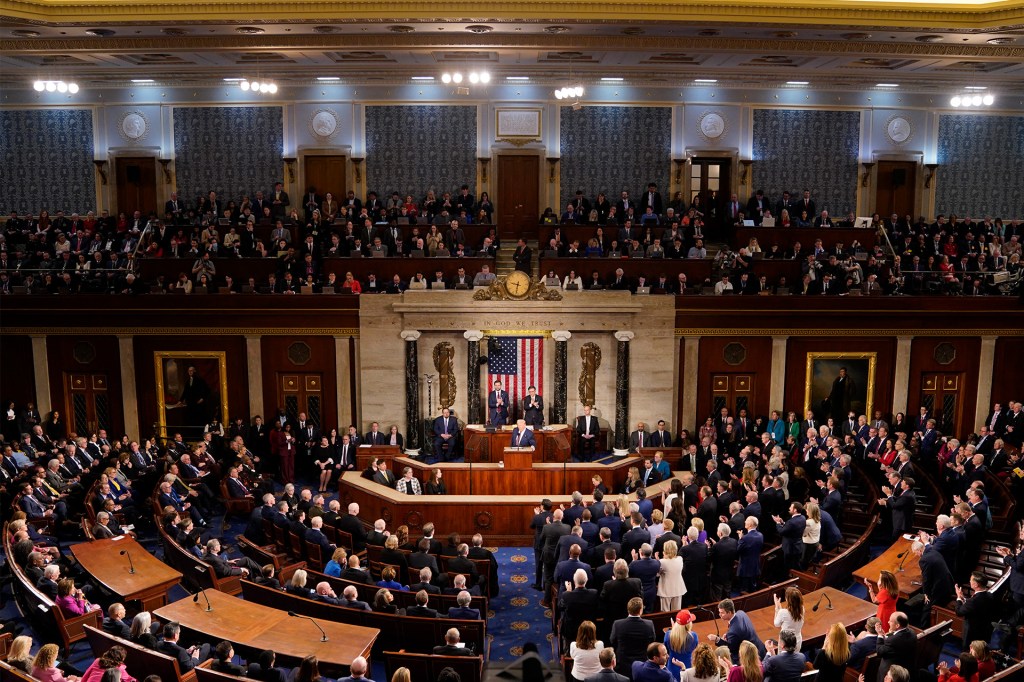Weather Watch

On August 26 and 27, the National Weather Service (NWS) issued heat watches and warnings for parts of the United States. Extreme heat affected about 61 million people nationwide.
The Midwest and Northeast saw record-breaking temperatures and soaring heat indexes. A heat index number measures how hot it feels outside. In addition to the actual temperature, it factors in humidity. Chicago, Illinois, saw a heat index number of 115°F.
In some places, the back-to-school season was affected. Schools closed early, and after-school athletics were canceled due to the dangerous heat. The NWS advised people of all ages to take care. On its social-media accounts, it suggested that people “take plenty of breaks in the shade” and “drink plenty of water.”
In other places, weather conditions were very different. A storm swept through the Pacific Northwest, dropping three inches of snow on California’s Sierra Nevada mountain range. It was the first time in 20 years that snow fell in California in August. Meanwhile, three tropical storms brought flooding to Hawaii.
According to the Environmental Protection Agency, extreme weather is becoming more common. The rise in global temperatures is “associated with widespread changes in weather patterns,” the agency says.
Stop and Think!
WHAT facts and details does the author include to help readers understand the story? What other information could she have included to expand the story?













